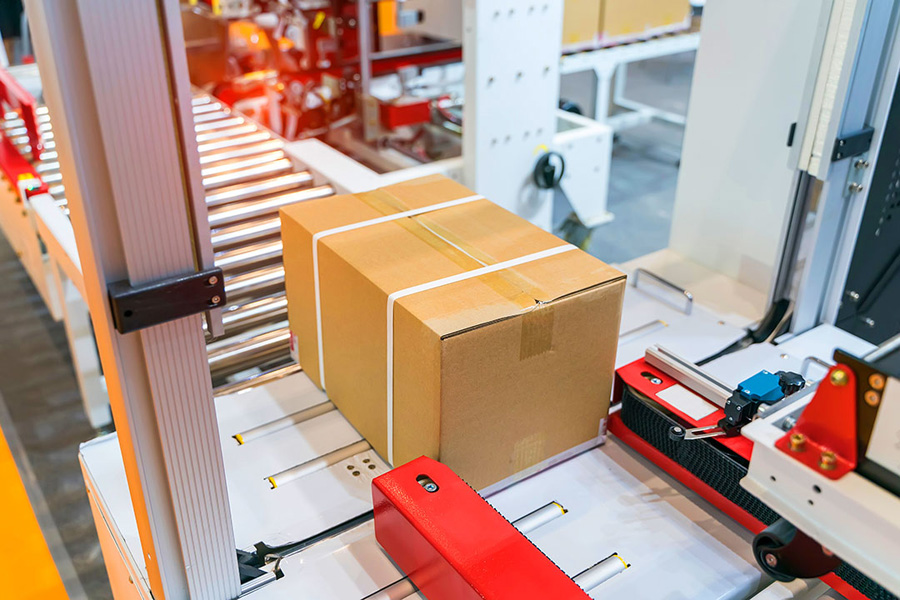
06 Sep How to Send Products? Tips for Efficient Collaboration
When it comes to shipping products, it’s not as simple as tossing them in a box and waving goodbye. The art of getting something from point A to point B smoothly can be as complex as the product itself. If you’re not careful, things can go wrong faster than you can say “fragile.” Whether you’re a supplier, a manufacturer, or the middleman, the key to efficient product delivery is a well-coordinated dance of communication, timing, and trust. How can you ensure smooth sailing—or shipping?
Clear Communication Is Your Best Friend
This is where most collaborations either thrive or crumble. Communication is the backbone of any good partnership, and shipping products is no exception. It might sound obvious, but how many times has a miscommunication sent a package to the wrong side of the planet? (Too many times to count, probably.)
Here’s the deal:
- Be specific about delivery dates. Not “soon,” not “when you can,” but clear, agreed-upon timelines.
- Make sure both parties understand the packaging requirements. Does the product need extra cushioning? Temperature control? Let everyone know upfront.
- Keep track of all the tiny details, from the tracking numbers to customs documentation, especially if you’re shipping internationally.
Communication can’t be an afterthought—it’s the thing that keeps the whole process running like a well-oiled machine.
Packaging Matters More Than You Think
You might not give much thought to the packaging, but let’s not kid ourselves—this is the first impression your product will make once it arrives at its destination. And first impressions matter. A lot.
Think of your package as an ambassador for your brand. It should be sturdy, secure, and—if you want to get fancy—branded. But don’t go overboard with layers of packaging that could make the unboxing a puzzle people have to solve. Instead, aim for:
- Simplicity: Minimal yet effective.
- Sustainability: Using eco-friendly materials doesn’t just look good, it feels good.
- Protection: Bubble wrap, foam inserts, or even customized molds are your friends when you want to avoid damaged goods.
Timing Is Everything (No, Really)
Ever had an amazing product, only for it to arrive after the big event it was meant for? Timing in product shipping is not a suggestion—it’s a rule.
Shipping too early or too late can be just as disastrous. Your customers don’t want to be sitting around for weeks waiting, nor do they want to receive your product before they even know they need it. Here’s what to do:
- Plan ahead: Map out the shipping window and build buffer time for unforeseen delays—because trust me, there will be delays.
- Work with reliable carriers: Not all shipping companies are created equal. Do your homework and find one that fits your needs.
- Track, track, track: Tracking numbers are your eyes and ears. Keep an eye on that package and inform the other party as soon as possible if any delays occur. Don’t let them find out the hard way.
Collaborate with the Right Partners
Collaboration in product shipping is a two-way street. You can have all the right processes, but if the people you’re working with aren’t on the same page, it’s like dancing with someone who keeps stepping on your toes.
Don’t Overlook the Paperwork
I know, paperwork. Not the most exciting part of shipping, but skipping this step is like running a marathon without shoes. Whether it’s customs forms, bills of lading, or proof of insurance, getting your documents in order will save you from a world of trouble later on.
- Customs declarations:
Ensure these are filled out properly when shipping internationally. Trust me, getting held up at customs can lead to massive delays.
- Invoices and packing lists:
Always include these to avoid any confusion or claims of missing products.
Conclusion
Efficient collaboration in shipping is more than just ticking off a checklist. It’s about fostering a mindset of preparedness, attention to detail, and above all, teamwork. When everyone in the process understands the importance of their role—from the moment the product is packed to the time it’s safely in the customer’s hands—everything moves like clockwork.



Sorry, the comment form is closed at this time.